minimum tire tread depth canada
For summer the recommended tread depth is 232 inch. The legal limit of wear is 16 mm or 232nds of an inch of tread depth.
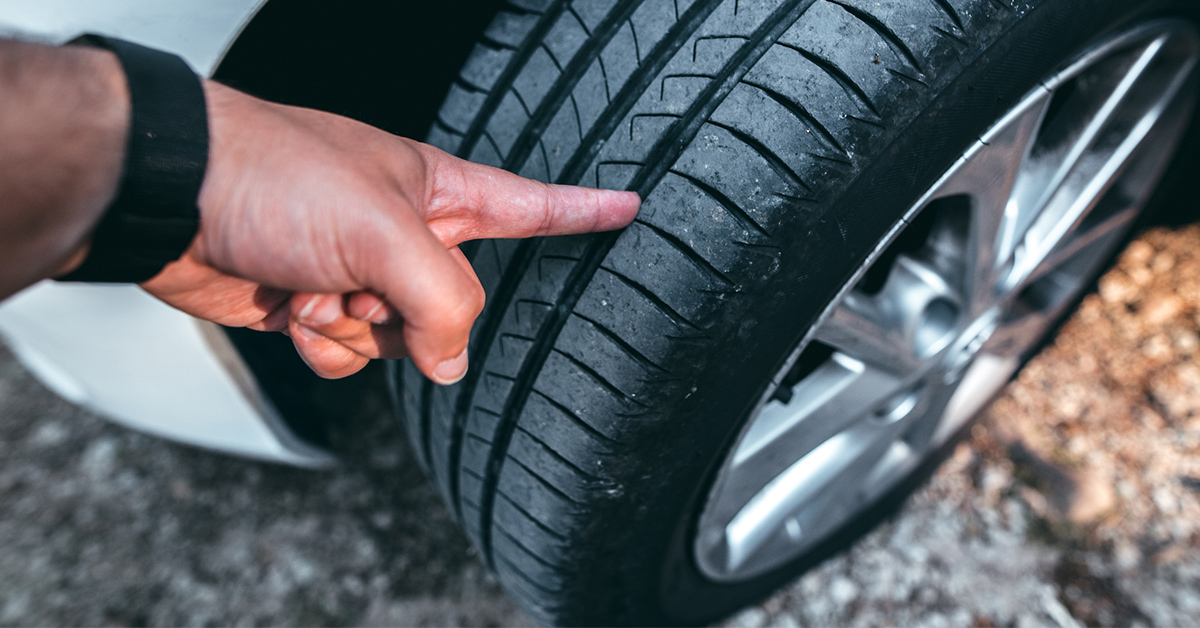
How To Check Your Car S Tire Tread Ama
These are the numbers necessary for the tire to be functional in all possible environments.
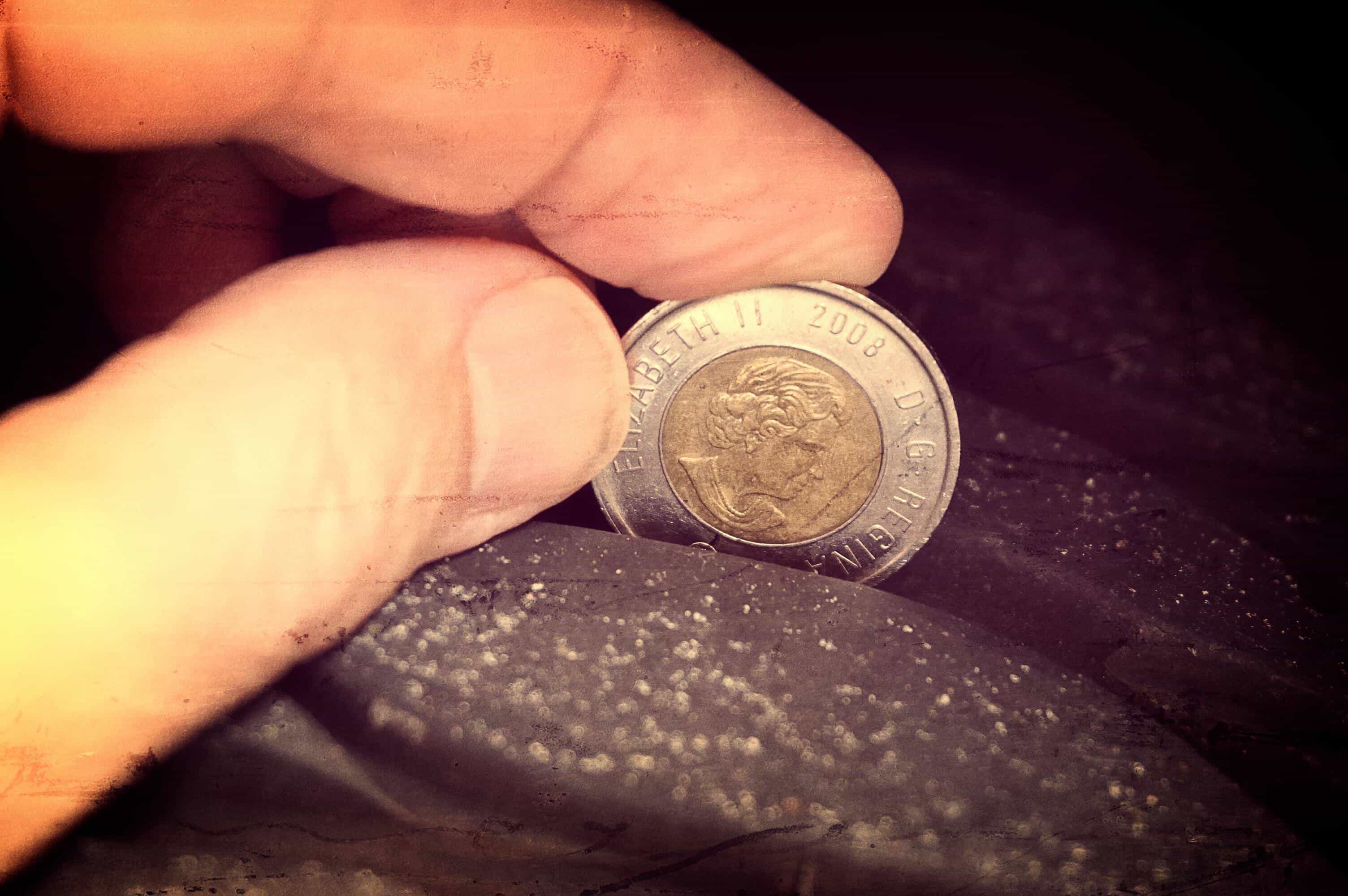
. The shortest stopping distance was on new tires with 8 mm or 1032nds of an inch of tread depth. A tires designed for use on a motor vehicle with a GVWR of more than 4 536 kg. 3 This drawing is not to scale.
Check all four tires in the exact same way and over multiple areas on the tire. The legal limit of wear is 16 mm or 232nds of an inch of tread depth. Legally you cannot have less than 35 mm approximately 532 of an inch on most highways in British Columbia between October 1 and March 31.
Several states require 432 tread. Also replace tires after they attain the specified minimum tread depth. Take your toonie and check every single tire by placing the coin in a tread.
With wintersnow and light truck tires the tread is deeper because this depends on the tires tread type which is either the Highway Rib Highway All-Season Off-Road All-Terrain or Off-Road Maximum Traction. What is the minimum tire tread depth in Canada. In Canada the minimum tread depth of 232 inch for carslight trucks is a federal standard enforced by local police under the authority of the Motor Vehicle Safety Act according to information from the Rubber Association of Canada.
Department of Transportation recommends replacing tires when they reach 232 and many states legally require. If the tread covers all the silver part its about half worn. What is the minimum tire tread depth in Canada.
However in Texas vehicles with tires below 332-inch tread depth cannot pass the state-mandated safety inspections according to Phillip. Smaller tread depth may become critical on wet pavement slush or snow. According to most manufacturers and even the law in most provinces your tires should be replaced when the tread depth reaches 432 in the winter and 232 in the summer.
No part of the vehicle shall come within 254 cm 1 in of any part of the tire in any position of travel or turn. 232 Your tires are legally bald and need to be replaced. In the United States tire tread depth is measured in 32nds of an inch.
The typical new tire used on automobiles is measured with 1032 to 1132 of tread depth. As you drive the tread will wear down. The most obvious concern for vehicle operators is tread wear that indicates when the tire should be replaced.
If you tire tread depth is 432 then it is time to start looking for a new set of tires. However the extensive ADAC research proved that the minimum legal tread depth only describes the tires margin of safety. As stated these numbers are the bare minimum which means that whenever your tread depth reaches 432-inch 318mm its time.
If you barely have the legal minimum depth of tread you should replace your tires for improved safety on the road. But most tire makers recommend tires be replaced before the legal limit of wear is reached to ensure better wet-weather stopping power. Tread Wear and Tire Condition.
New tires have an average tread depth of 8 to 9 millimeters 1032 to 1132 inches. However remember that the useable tread depth is measured by. Is that really enough.
If its a winter tire 432 is the minimum. Tires with tread depth below the levels mentioned above are called bald and are known to cause safety issues. C light-truck tires with a tread depth of 143 cm or greater that are designed for use on a motor vehicle with a GVWR of.
Uneven tread wear can be caused by improper wheel alignment or a tire imbalance. Tread depth minimum is 32 cm 18 above wear bars no baldness showing on adjacent treads is allowed. New tires typically come with 1032 or 1132 tread depths and some truck SUV and winter tires may have deeper tread depths than other models.
Tires with treads worn down to the same level as the tread wear indicator 15 mm or 232 of an inch in depth must be replaced. And if your tire tread depth is 232 or less then you are actually driving in a highly dangerous condition and should seek to purchase a new set of tires immediately. But most tire makers recommend tires be replaced before the legal limit of wear is reached to ensure better wet-weather stopping power.
A tread depth of 232 or lower can significantly impact your ability to stop safely in wet or snowy conditions and is. 1 For tires with a cross-section of less than 155 mm or a bead diameter of less than 330 mm the minimum height of the characters in the tire identification number is 4 mm. If the tread reaches the paws of the bear your tires are in great shape and most likely near new.
Winter tires are important but only if you have enough tread. B tires designed for use on a motorcycle. Braking distance and vehicle control are impaired.
2 The tire identification number must be in Futura Bold Modified Condensed characters or in Gothic characters. Tire Size Thread Depth Width and Snow Chains Regulations USA and Canada Tires must be matched in size and type on each axle. B less than 15 millimeters 116 inches in fraction of tread depth remains.
We know that tires are considered to be worn out at 15 mm or 232nds of an inch unless they are winter tires in which case the limit is 3 mm or 432nds of an inch of tread depth. Most states require a minimum tread depth of at least 232 of an inch. For winter months most manufacturers recommend replacing tires when they reach a tread depth of 432 inch.
Most modern ties have wear indictors built into the tire that indicate when the tire tread has reached the 232 mark and should be replaced. The minimum tread depth necessary for the front tires to perform as intended is at least 432-inch or 318mm in all the major grooves on the front tires. A tire with a tread depth below 16 millimeters 232 inches lacks grip.
In the demonstration tires three-quarters worn to a tread depth of 32 mm or 432nds of an inch. For summer tires the remaining tread depth must be no less than 3 mm and for winter and all-season tires it must be no less than 4 mm. The minimum tread depth you.
It appears that if you intend to drive on wet roads 4 mm may be the minimum tread depth needed to stop and steer effectively.

Tire Tread Depth Falmouth Motor Car

Ultimate Guide To Tire Checks Tread Depth Air Pressure And More

Diy Guide How To Measure Tire Tread Depth And Other Top Tire Tips Clutch Blog

Are Your Tires Safe Take The Coin Test Quick Lane Tire Auto Centre In Grande Prairie Ab
When Should I Buy New Tires How To Identify Tread Wear Treadwright Tires

How To Check Tire Tread And Avoid Accidents Aha Insurance

When To Change Your Tires Owners Tips Autotrader Ca
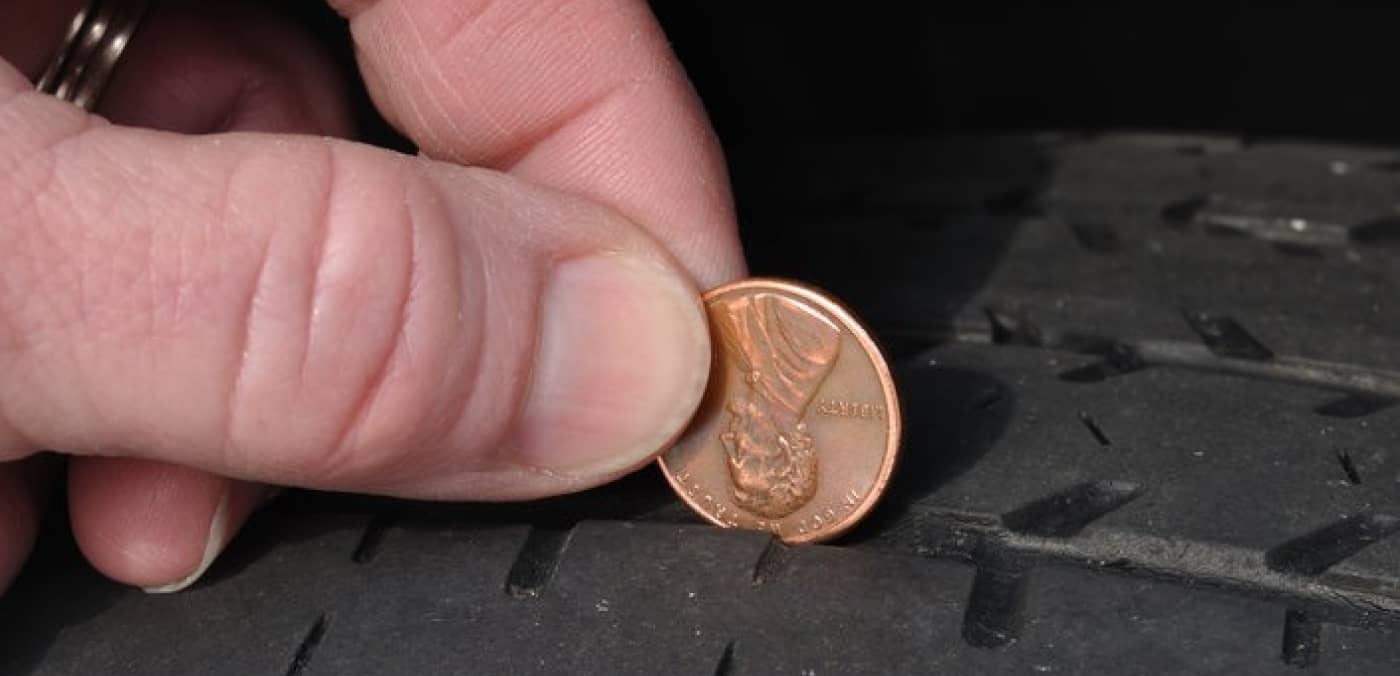
How To Check Tire Tread Depth The Penny Test

1 039 Tread Wear Photos Free Royalty Free Stock Photos From Dreamstime
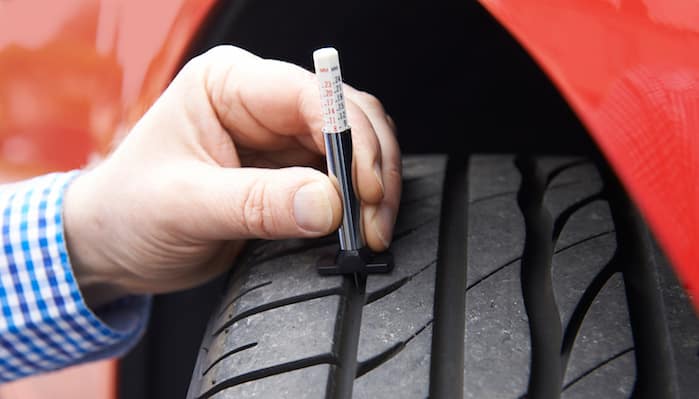
How To Use A Tire Tread Gauge Entirely Mobile

Globe Drive How To Check The Life Of Your Winter Tires Youtube

Are My Summer Tires Worn Out How Would I Know Canadian Super Shop
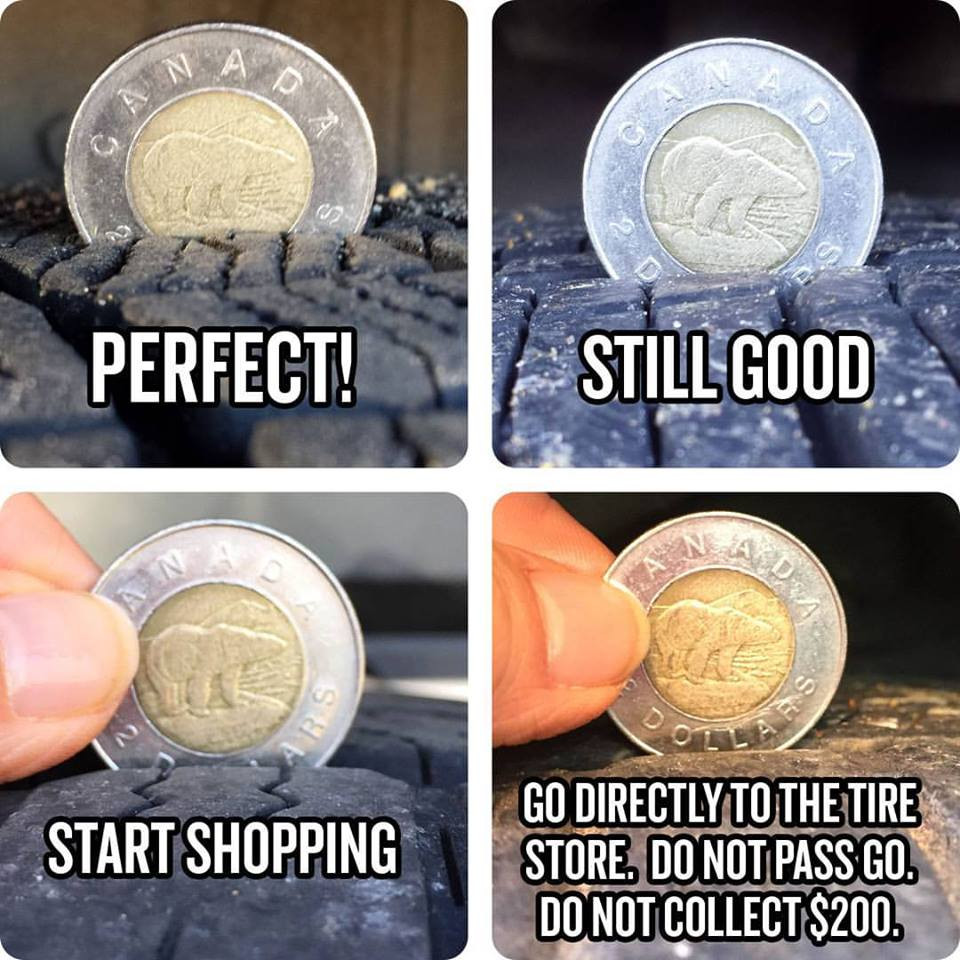
Ultimate Guide To Tire Checks Tread Depth Air Pressure And More

How To Measure Tire Tread Depth Goodyear Tires

How To Check Your Tire Tread Depth At Home Valley Nissan Blog

How To Check Tire Tread By Yourself The Drive

Diy Guide How To Measure Tire Tread Depth And Other Top Tire Tips Clutch Blog

